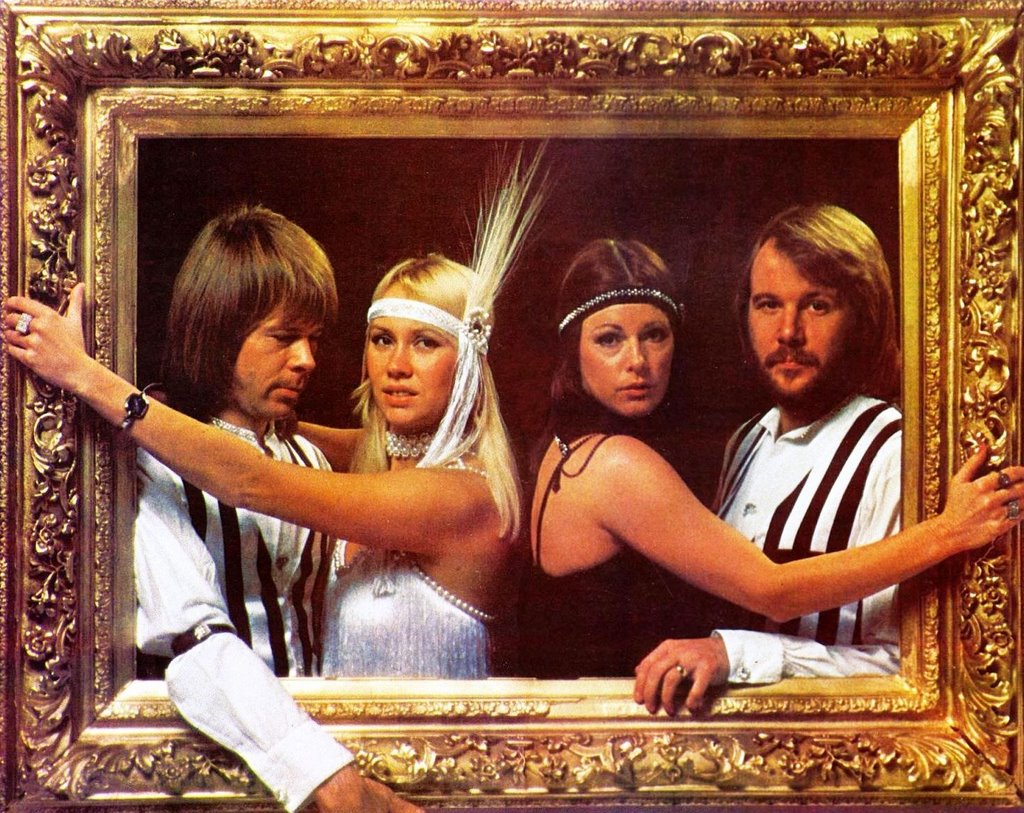A strange concoction of baroque-infused disco, ‘Money, Money, Money’ was ABBA’s follow up single to ‘Dancing Queen’, both of which were taken from the absurdly popular 1976 Arrival album. The track reached number one in eight countries, but was one of the few ABBA singles not to top the charts in the UK. As with most of the band’s recorded output, the bass part on this track was conceived and played by Swedish bass ace Rutger Gunnarsson.
Confession time: This is my favourite ABBA song by a mile, mainly because of Rutger’s superlative bass playing; absolutely everything he plays is a hook of some sort.
UPDATE July 2023: this chart is now far more accurate and now has chord symbols
Bass Transcription: ABBA – Money, Money, Money.pdf
The verse and prechorus sections of ‘Money, Money, Money’ are mainly built on constant 8th-note octaves, a disco bass playing staple. While parts like this might seem basic, there’s a subtle art to balancing the fretting and plucking hands during repetitive octave lines in order to make the volume and length of every single note consistent. Things get more interesting as the song progresses, so here are some performance notes to help you work through the chart:
‘Money, Money, Money’ performance notes:
• The first note of bar 9 (E) isn’t plucked – the sound should be part of the slide down from the G# at the end of bar 8. The note is also staccato, so you’ll need to release your fretting hand finger almost immediately; combining these two techniques might take some getting used to.
• Bars 16-19 (prechorus) really messed me up for years; I heard the run after the keyboard cue as starting on the downbeat, meaning that I wrote (and counted) it using bars of 7/8. Thankfully, the whole thing is actually in 4/4.
• Bar 30 uses the open A string as a pedal note against an ascending A minor scale line. Play the higher pitches on the D string so you can maintain the descending slides while playing the open A.
• Bar 33’s trill might take more practice than you would like it to. Only pluck the first note!
• The re-intro that follows the chorus (bars 34-36) features Rutger neatly doubling the tune’s signature piano melody*; 16th-notes at 120bpm might take some practice (at least, they do for me).
• The last chorus modulates up a semitone to the nightmare key of Bb minor – watch out for all the flats!
• I am deeply, deeply sorry for the Fb in bar 86; I felt like I had to be accurate to the Gb7 chord symbol
• The final Bb in bar 88 isn’t actually on the recording*, but if you’re playing this chart out in the real world with a band then you need to mark the ending.
* I’ve used a bit of ‘artistic licence’ with this chart in order to make it work better if you’re working with other musicians. For example, Rutger misses a pitch or two in the 16th-note unison sections, and I feel like it would be better for everyone if you match the piano note for note.

